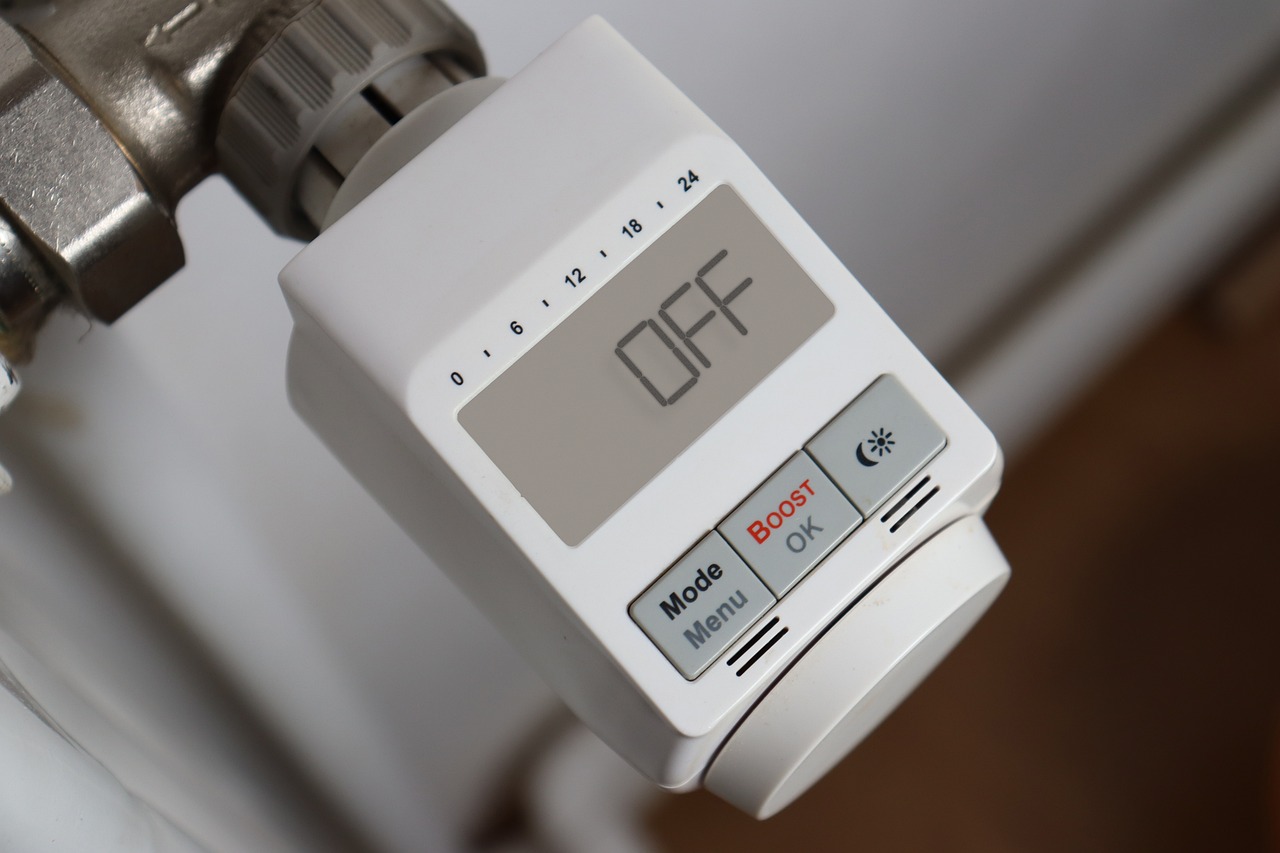
Thermostats in Georgia: A Guide to Current Trends and Smart Solutions
Summary:
Thermostats in Georgia have undergone significant advancements, providing homeowners with enhanced energy efficiency, comfort, and convenience. This article explores the current landscape of thermostats in Georgia, emerging trends, key players, and practical implementation tips to help homeowners make informed decisions and optimize their home’s temperature control systems.
The Current State of Thermostats in Georgia
Georgia’s climate is characterized by hot, humid summers and mild winters, making efficient temperature control crucial. Traditional thermostats have been widely used, but smart thermostats are rapidly gaining popularity due to their advanced features and energy-saving capabilities.
Emerging Trends Shaping the Future of Thermostats
The future of thermostats in Georgia lies in the convergence of technology and user experience. Key trends include:
- Artificial Intelligence (AI): AI-powered thermostats can learn occupant behavior and adjust temperatures accordingly, maximizing energy conservation.
- Geofencing: Geolocation capabilities allow thermostats to automatically switch to energy-saving modes when homeowners are away.
- Integration with Smart Home Systems: Thermostats are becoming seamlessly integrated with smart home platforms, enabling remote control and automation.
Key Players and Influencers in Georgia’s Thermostats Market
Several prominent companies are driving innovation in the Georgia thermostat market:
- Honeywell: A leading manufacturer of thermostats, with a wide range of programmable and smart models.
- Nest: A popular brand known for its user-friendly smart thermostats.
- LG: A technology giant offering advanced smart thermostats with AI capabilities.
- Georgia Power: The local utility company provides rebates and incentives for energy-efficient thermostats.
A Step-by-Step Guide to Implementing Thermostats
1. Identify Your Needs: Determine the desired features, such as programmability, remote control, and energy savings.
2. Choose a Thermostat: Select a model that meets your requirements and budget.
3. Install the Thermostat: Follow the manufacturer’s instructions for proper installation and wiring.
4. Program the Thermostat: Set up temperature schedules to optimize comfort and energy efficiency.
5. Monitor Performance: Track energy consumption data to ensure the thermostat is working optimally.
Common Mistakes to Avoid When Using Thermostats
* Setting Extreme Temperatures: Avoid drastic temperature changes, as they can strain your HVAC system and increase energy consumption.
* Ignoring Programming: Program your thermostat to adjust temperatures automatically when you’re away or asleep.
* Overheating in Summer: Set your thermostat to a reasonable temperature in summer to avoid excessive cooling and energy waste.
* Underheating in Winter: Ensure your thermostat is set to a comfortable temperature, especially during cold nights.
Case Studies: Successful Thermostats Implementations in Georgia
* Athens Homeowner: Installed a smart thermostat that reduced energy bills by 15% and improved comfort levels.
* Atlanta Office Building: Implemented a programmable thermostat that optimized temperatures during business hours and weekends, resulting in significant energy savings.
* Savannah Resort: Upgraded to a geo-fencing thermostat that automatically adjusts temperatures based on occupancy, reducing operating costs.
Future Predictions and Opportunities for Thermostats
* Seamless Integration: Thermostats will become fully integrated with home automation systems, offering voice control and personalized comfort experiences.
* Precision Temperature Control: Advanced algorithms will enable thermostats to maintain precise temperatures with minimal fluctuations.
* Energy Optimization: Thermostats will continue to evolve, providing homeowners with greater control over energy consumption and reducing carbon footprint.
TL;DR
Thermostats in Georgia have advanced significantly, with smart models offering energy-saving features, convenience, and remote control. By understanding the current trends, key players, and implementation best practices, homeowners can optimize their temperature control systems for enhanced comfort, energy efficiency, and cost savings.
Narrative Summary
The landscape of thermostats in Georgia is undergoing a transformation, influenced by emerging trends and technological advancements. Smart thermostats, powered by AI, geofencing, and smart home integration, are becoming increasingly popular.
Homeowners can benefit from these advancements by implementing thermostats that meet their specific needs. Proper installation, programming, and monitoring ensure optimal performance and energy savings. By avoiding common mistakes and learning from successful case studies, homeowners can maximize the benefits of thermostats in Georgia’s unique climate.
The future holds exciting opportunities for thermostats, with the convergence of technology and user experience driving innovation. Seamless integration, precision temperature control, and enhanced energy optimization will continue to shape the future of temperature management in Georgia and beyond, empowering homeowners with unprecedented comfort, convenience, and environmental responsibility.
